Groundwork to develop large-scale production techniques has been completed
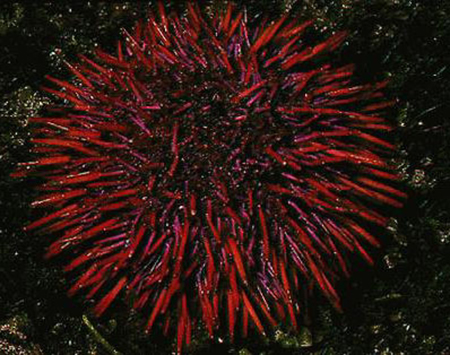
Maybe you have tasted “uni” or noticed it on the menu at your favorite sushi bar. This roe or gonads of male and female sea urchins is considered a delicacy by many people, especially in Asian and Mediterranean countries. A strong market and high value for quality uni make sea urchins an excellent aquaculture candidate.
Fisheries and demand
At approximately 60,000 metric tons (MT) per year, Japan leads the world in total consumption of whole sea urchins. Japan’s sea urchin harvest – primarily for the species Strongylocentrotus intermedius – reached its peak at 27,500 MT per year in the lates 1960s, then fluctuated at 20,000-27,000 MT per year over the next two decades.
Along with Japan’s demand for sea urchins, which could not be met through its domestic harvest, two other economic factors allowed the growth of the sea urchin fishery in the United States. These included the advent of commercial air freight between the U.S. and Japan, and the depreciation of the dollar against the yen, which made imported U.S. items cheaper to the Japanese.
An increase in strength of the yen against the dollar from 1973 to 1988 was reflectd in an increase in sea urchin harvests in California (Fig. 1). A period of declining harvests during 1981-1984 corresponded with an increase in the strength of the dollar against the yen.
U.S. harvests
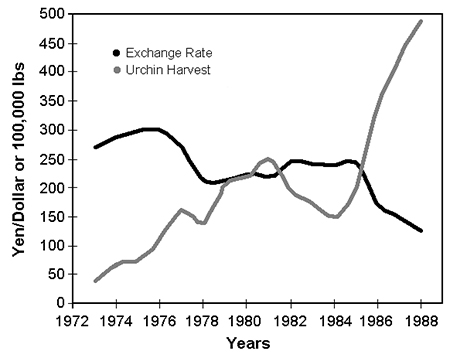
In 1971, the first harvest of sea urchins in California totaled 90 kg, but increased rapidly to 9,070 MT in 1976 and 22,222 MT in 1988. The main species harvested on the west coast of the U.S. is the red sea urchin (Strongylocentrotus franciscanus).
Since 1988, the U.S. has led the world in sea urchin harvests, and until 1994 was the largest supplier of sea urchins and sea urchin roe to Japan. Sea urchins had become the most valuable fish export from California, with about 90 percent of the processed urchins exported to Japan.
From the mid-1980s to the mid-1990s, harvesting of the green sea urchin, Strongylocentrotus droebachiensis, expanded rapidly in the U.S. states of Maine and New Hampshire. Green urchins become the second most valuable fishery in Maine, behind lobster.
Other fisheries
Chile also experienced a rapid growth in sea urchin harvests from 1974 to 1981, but harvests then began to decline. The risk of overfishing raised concerns about irreversible damage to the urchin resource in Chile and elsewhere. The expansion of sea urchin fisheries has led to overfishing of natural populations in the U.S., Japan, France, and Chile.
Closing life cycle
The demand for sea urchin roe clearly cannot be met from natural stocks. As a result, the culture of sea urchins has received considerable attention as a means of maintaining or increasing the current supply.
Fortunately, for over a century the sea urchin has been the animal of choice for countless laboratory studies on fertilization, embryogenesis, developmental biology and heredity. Many developmental biologists still consider the sea urchin embryo unsurpassed for observations in the living state.
The sea urchin’s popularity in the laboratory eventually led to techniques that allowed its culture in the laboratory from egg to egg. In 1847, Derbes described the early developmental processes, though not with complete accuracy. In the late 1800s, several biologists succeeded in raising larvae to maturity. This was achieved through frequent seawater changes, which allowed the addition of planktonic algae as the food source. Some of these larvae developed through metamorphosis.
Culture methods defined
Until 1969, it was still extremely difficult to consistently raise sea urchin larvae through metamorphosis to the adult stage. With the publication of Growth and Development of the Laboratory Cultured Sea Urchin, however, Ralph Hinegardner began to define culture methods through the complete life cycle for several species of sea urchins.
Hinegardner’s techniques stressed the importance of feeding larvae the proper food, as well as maintaining proper larval concentrations and agitation. Given a surface covered by a mixture of algae and bacteria, he wrote, the mature larvae would settle and metamorphosis would commence.
In Initiation of Metamorphosis in Laboratory Cultured Sea Urchins, Cameron and Hinegardner described the factors responsible for initiating metamorphosis. Although the surface algae was found not to be a necessary factor, a nonvolatile compound of bacterial origin that acted as a chemical cue was essential. However, the responsible bacterium was not yet isolated. Secondly, attachment of the tube feet to a surface was usually necessary for metamorphosis to commence.
Following the completion of metamorphosis, the urchin begins to feed. The young urchin’s nutritional requirements were found to be quite complex, requiring more than a year for Hinegardner to find an appropriate algal food that could be cultured in the laboratory.
In 1981, Laboratory Animal Management for Marine Invertebrates, published by the Institute of Laboratory Animal Resources, listed the techniques developed by Hinegardner as the standard for the laboratory culture of sea urchins, and his techniques are still often referred to today.
Conclusion
Thanks to Ralph Hinegardner’s pioneering laboratory work and that of other researchers, much of the groundwork required for the development of large-scale production techniques for sea urchins has been completed. A strong market and high value for quality uni make sea urchins an excellent aquaculture candidate.
(Editor’s Note: This article was originally published in the October 2002 print edition of the Global Aquaculture Advocate.)
Now that you've reached the end of the article ...
… please consider supporting GSA’s mission to advance responsible seafood practices through education, advocacy and third-party assurances. The Advocate aims to document the evolution of responsible seafood practices and share the expansive knowledge of our vast network of contributors.
By becoming a Global Seafood Alliance member, you’re ensuring that all of the pre-competitive work we do through member benefits, resources and events can continue. Individual membership costs just $50 a year.
Not a GSA member? Join us.
Author
-
Jeff Prochaska, M.S.
Aquaculture Technical Advisor
Aquanetics Systems, Inc.
9885 Carroll Canyon Road
San Diego, California 92131 USA[109,111,99,46,115,99,105,116,101,110,97,117,113,97,64,102,102,101,106]
Tagged With
Related Posts
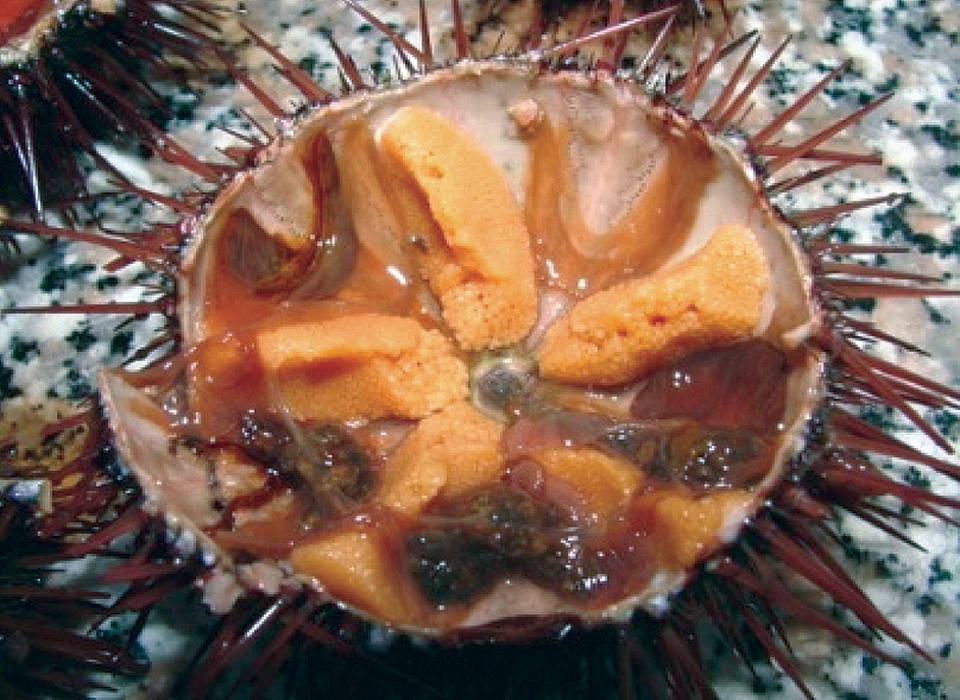
Health & Welfare
Aquaculture could enhance Mediterranean Sea urchin fishery
Although researchers in several countries are working to enhance sea urchin fisheries or commercial production, the development of a major commercial industry has been restrained by the lack of cost-effective production technology.
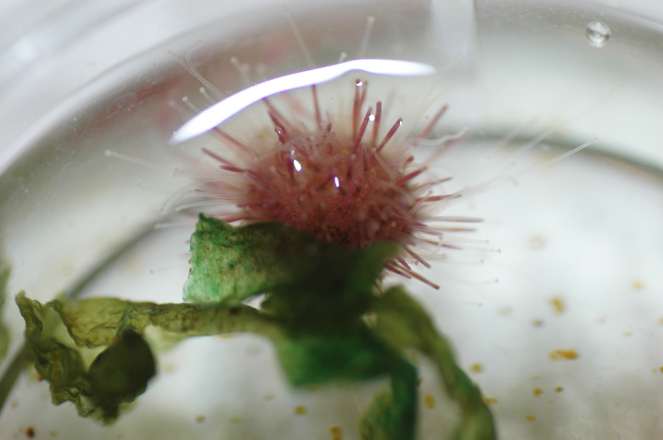
Health & Welfare
Researchers overcoming learning curve for production of sea urchin seedstock
Cost-effective seedstock supply is needed for commercial production of sea urchins. Metamorphosis from free-swimming planktonic larvae to benthic grazers has presented a significant challenge.
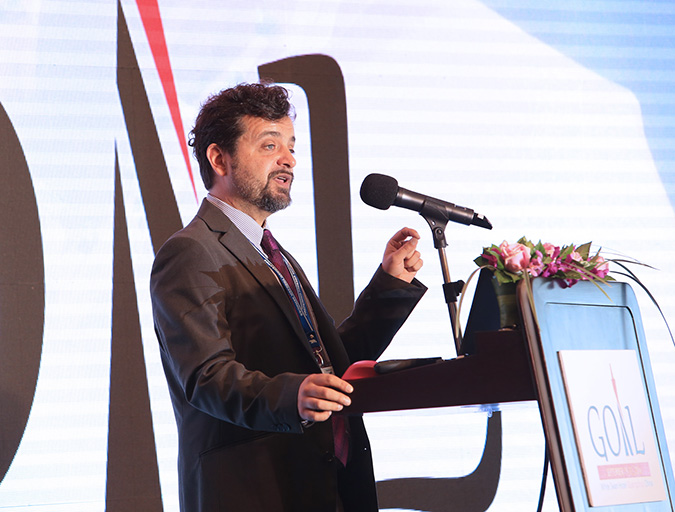
Aquafeeds
Aquaculture Exchange: Giovanni Turchini, Deakin University, part 1
One of the world’s leading fish nutrition experts talks about how aquaculture can learn to survive, and even thrive without depending on fishmeal and fish oil. It’ll take a lot of innovation, but Giovanni Turchini is confident that the industry is on the right path.
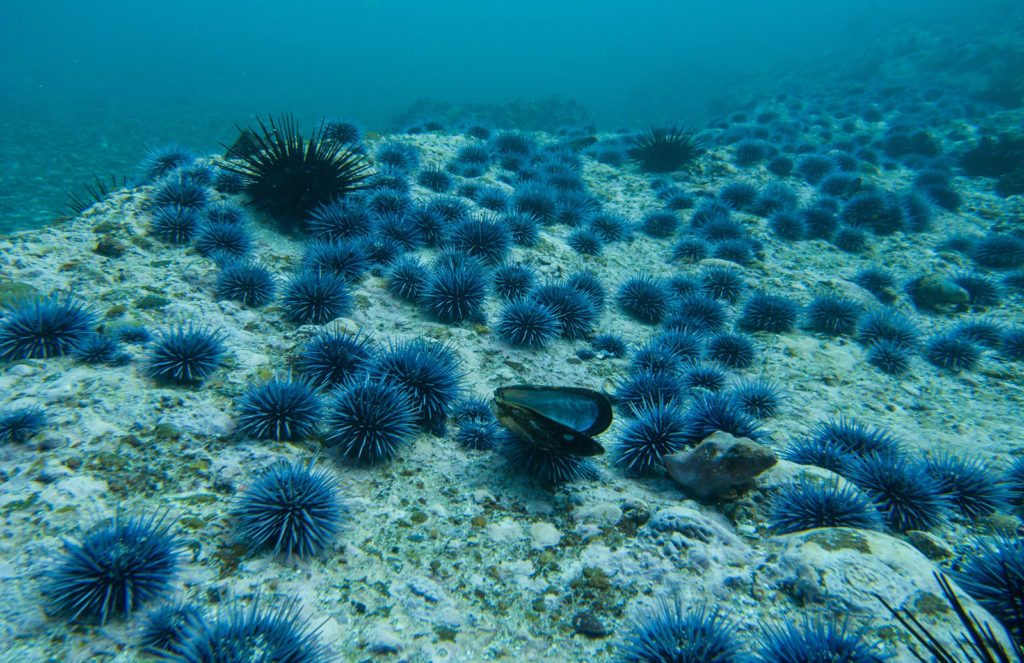
Responsibility
Can ranching ‘zombie urchins’ boost uni, save kelp forests?
With Norwegian knowledge and a partnership with Mitsubishi, Urchinomics aims to turn worthless empty urchins into valuable seafood while restoring kelp forests and creating jobs.


